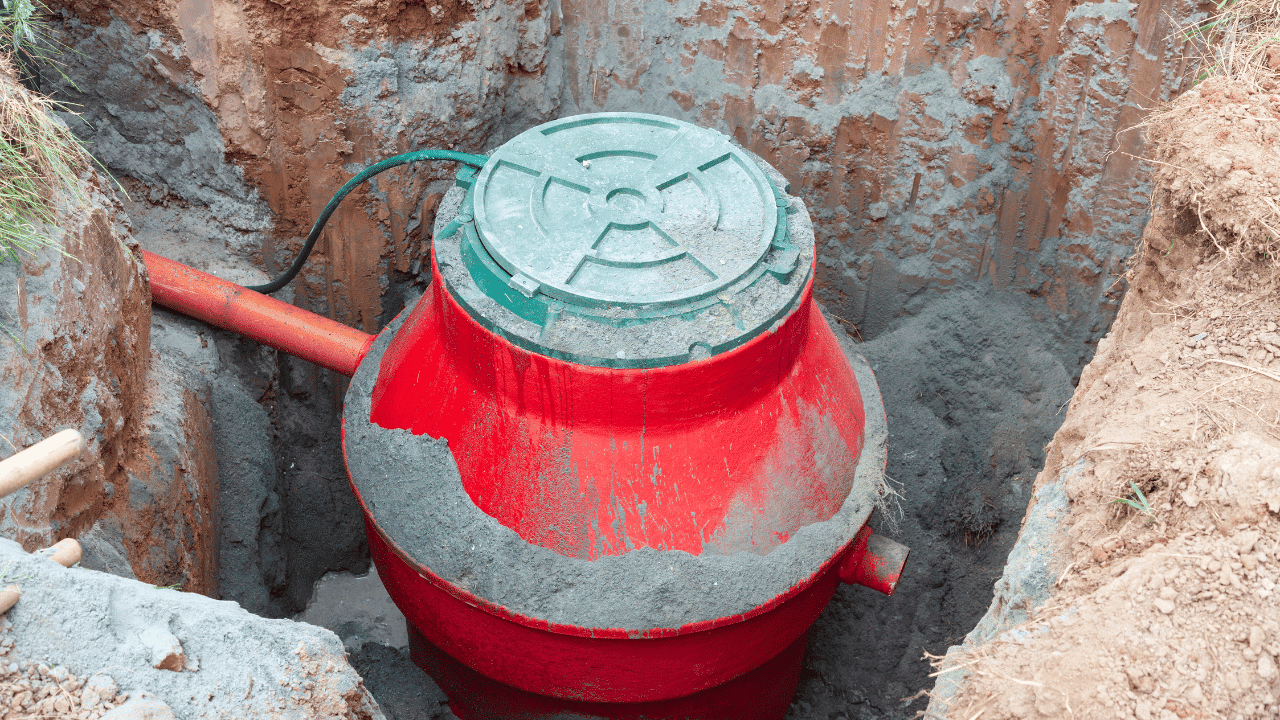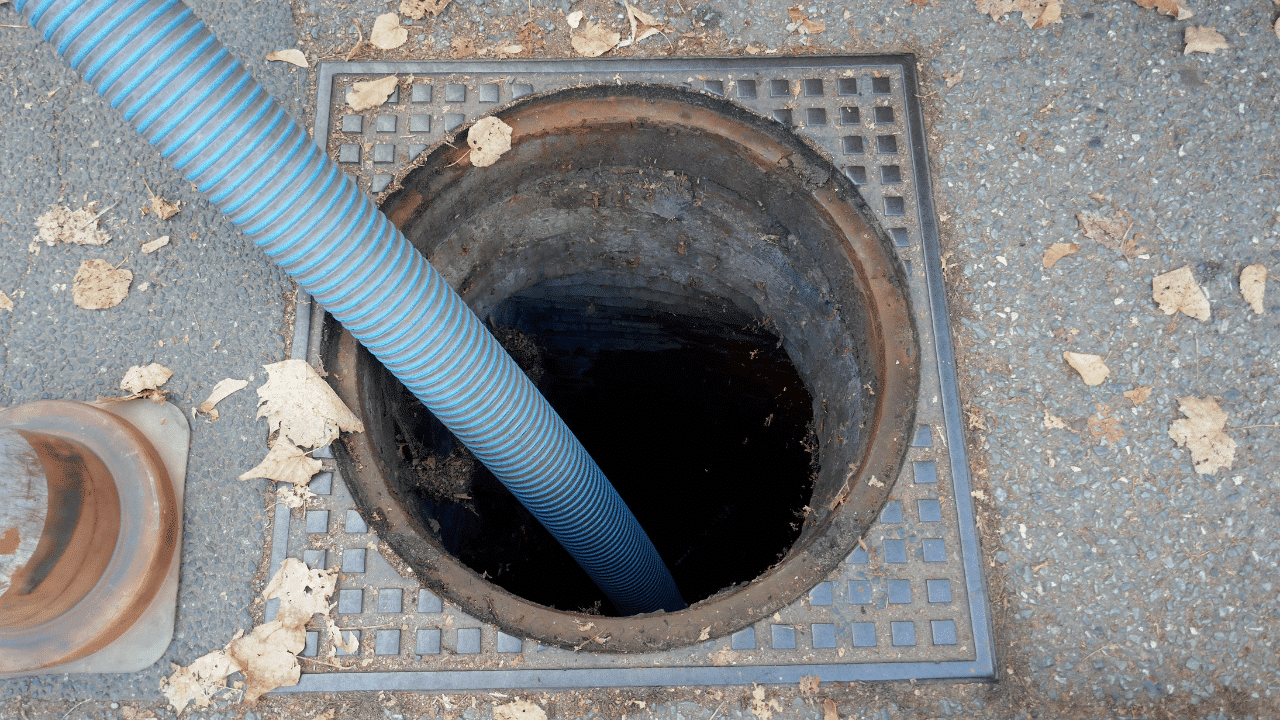Last Updated on September 7, 2023 by Pro Handyman Australia – Editorial Team
Rainwater harvesting is an innovative and environmentally-friendly approach to reduce water consumption. However, the process is more intricate than merely collecting water in a tank. The choice of pump is crucial to the efficiency of the system.
Potential Issues with Improper Pump Selection
Although one might assume that the main challenge lies in capturing the rainwater, the system’s efficacy greatly depends on the pump. An inappropriate pump can lead to problems such as inadequate distribution and reduced water pressure. Ensuring the right pump selection is essential to maintain a consistent water flow and prevent any disruption in your water supply.
Understanding Your Pump Requirements When selecting the right pump for your tank, the initial consideration should be its power. Assessing the size of your tank is crucial in determining this. For domestic purposes, it’s advisable to choose a pump capable of delivering at least 20L per minute, equivalent to the flow rate of a standard household tap. Furthermore, keep in mind that a pump’s required maximum flow rate will increase with the number of water outlets it services.
Exploring the Types of Pumps

External Pumps These pumps are positioned outside the tank and usually fixed to the ground nearby. The advantage of external pumps is the ease of maintenance since they’re readily accessible. However, their external positioning can make them noisier. To mitigate this, consider shielding the pump with a protective cover, which not only dampens the noise but also safeguards it against adverse weather conditions.
Submersible Pumps Installed within the tank itself, submersible pumps offer the benefit of reduced noise due to their submerged nature. They do occupy some space inside the tank, but the trade-off is a quieter operation. While these pumps might be a tad challenging to access for maintenance, the silver lining is that most modern pumps are designed to have minimal maintenance requirements.
Essential Features for an Efficient Rainwater Tank Pump
Automatic Activation Function For a seamless experience, consider pumps equipped with an automatic on and off function, activated by the usage of taps or hoses. This feature becomes especially crucial when integrating the pump with indoor plumbing systems.
Run-Dry Protection
Residents of regions prone to drought should prioritize a pump with run-dry protection. This safeguards the pump’s motor from potential damage should the rainwater tank be emptied.
Weatherproof Powerpoint
Opt for a pump with a weatherproof powerpoint to ensure durability. If such a powerpoint is not present in proximity to the intended pump location, it’s advisable to have one installed by a qualified electrician.
Multiple Outlet Capability
To maximize the pump’s utility, select one that offers multiple outlets. This allows users the flexibility to connect several hoses or combine a hose with a plumbed connection.
Guidelines for Choosing Your Rainwater Tank Pump
The primary consideration when selecting a rainwater tank pump is its intended purpose, as this will inform its power requirements and any necessary additional features to effectively direct the water flow.
For efficient water distribution, whether in the garden or throughout the home, the flow rate (measured in litres per minute) is crucial. Ideally, a domestic pump should provide a flow rate of at least 20L per minute, mirroring the rate of a standard town water tap, although many pumps can exceed this rate. Remember, as the number of serviced water outlets increases, so does the required maximum flow rate.
Water pressure delivered by the pump is another vital consideration, particularly if it’s intended for domestic water supply rather than garden watering. Achieving optimal water pressure is paramount for household tasks, from ensuring robust flow in showers to maintaining pressure in laundry or toilet systems. While many rainwater tank pumps can comfortably power a garden watering system, integrating with a household water supply might necessitate a more robust model. In such instances, seeking advice from a seasoned tank/pump supplier or a professional plumber is recommended.
Preparing for Pump Installation

Often, pumps are sold without the essential fittings needed for connecting them to your rainwater tank. It’s advisable to procure these separately. Your pump supplier can provide guidance on selecting the appropriate fittings.
Ensuring a Safe Power Connection
The pump will necessitate a power connection. Hence, having a waterproof external power point in close proximity is essential. If you lack one, consider hiring an electrician to set it up for you. Avoid using extension cords to connect to remote power points, such as indoor ones, as these might not be weather-resistant and can pose safety risks.
The Connection Process
For External Pumps:
- Setting Up the Connection:
Use a short, kink-resistant hose to link the pump inlet to the rainwater tank outlet. Ensure the hose is fastened securely at both ends with hose clamps. Aim to keep the distance between the tank and pump minimal. - Priming:
Fill the pump with water to prime it. - Powering Up:
Connect the pump to the power point and activate it. - Final Connection:
Attach a hose to the pump’s outlet, and you are set to commence watering.
For Submersible Pumps:
- Initiating the Connection:
Start by connecting a hose to the pump’s outlet. - Placement within the Tank:
Lower the pump into the tank. Utilizing a water-resistant rope can facilitate this process, both for ease of lowering and future pump retrieval. Refrain from using the power cord for these tasks. - Powering Up:
Once positioned, plug the pump into the power point and turn it on. Your system is now primed and ready for watering.
Understanding the Costs and Factors of Rainwater Tank Pumps
Rainwater tank pumps generally begin in the price range of $200-$300. However, depending on their capacity and special features, costs can escalate to $1000 or more.
Accounting for Distance
The placement of your water tank in relation to your home plays a pivotal role in the type of pump you should select. If your tank is situated at a considerable distance from your house, or if the pipe size is smaller than recommended, or you have a multi-level home requiring water to be pumped upwards, you’ll likely need a robust, multistage water pump.
It’s notable that some pumps already indicate their suitability for small or multi-storey homes. But as a general rule of thumb, for transporting water upwards against gravitational forces, a pump with a head pressure ranging between 20-50 meters is usually required.
Determining Water Pressure Needs

Your intended use of the rainwater and the desired water pressure are essential considerations.
Water pressure is quantified in litres per minute (LPM). If your usage is mainly for utilities like toilets and washing machines, a lower flow rate may suffice, even if it means waiting a tad longer for the cistern or washing machine to fill. However, for activities like showering or garden watering, a stronger pump, delivering about 20 LPM per tap (equivalent to a standard mains water tap) is recommended.
It’s vital to consider the collective pressure you’d need for simultaneous tap usage in different parts of the house. If you foresee concurrent tap operation in, say, the laundry, kitchen, and toilet, then sum up the required water pressure for these areas. This combined requirement should align with the pump’s “Max LPM” specification.
Navigating Pump Noise Levels
A pump’s noise generation largely hinges on its model and operational frequency.
For those keen on minimizing the noise from a standalone tank pump, consider investing in or crafting a pump cover. Such a cover not only acts as a noise barrier but also shields the pump from environmental factors. However, it’s essential to ensure the cover is adequately sized for proper pump ventilation, preventing any overheating.
On the other hand, submersible tank pumps, which are positioned inside the water tank and submerged underwater, inherently produce diminished noise and are space-efficient.
Evaluating Energy Consumption
While the allure of a high-powered pump might be strong, it’s prudent to understand that every time a tap operates, the pump consumes energy. A more potent pump invariably translates to higher energy consumption. Thus, an excessively powerful pump might lead to escalated electricity charges, potentially negating the savings on your water bill.
To optimize energy efficiency, strategize to minimize the pump’s activation frequency. This could involve implementing a gravity feed mechanism, employing a header tank system, or integrating a pressure tank.
Conclusion
Choosing the right rainwater tank pump is more than just a purchase; it’s an investment in sustainability, efficiency, and long-term savings. As we’ve journeyed through this buyer’s guide, it becomes clear that understanding your specific needs, from water pressure requirements to energy consumption considerations, is vital. Whether you’re driven by eco-conscious choices, the desire for self-sufficiency, or the appeal of cost savings, this guide is intended to illuminate the path to making a well-informed decision. As the demand for sustainable water solutions grows, ensuring you have the right pump can make all the difference in the utility and longevity of your rainwater tank system. As always, it pays to do thorough research, consult experts when in doubt, and prioritize quality and efficiency. The future of water sustainability begins at home, and with the right pump, you’re one step closer to making a positive, lasting impact.
